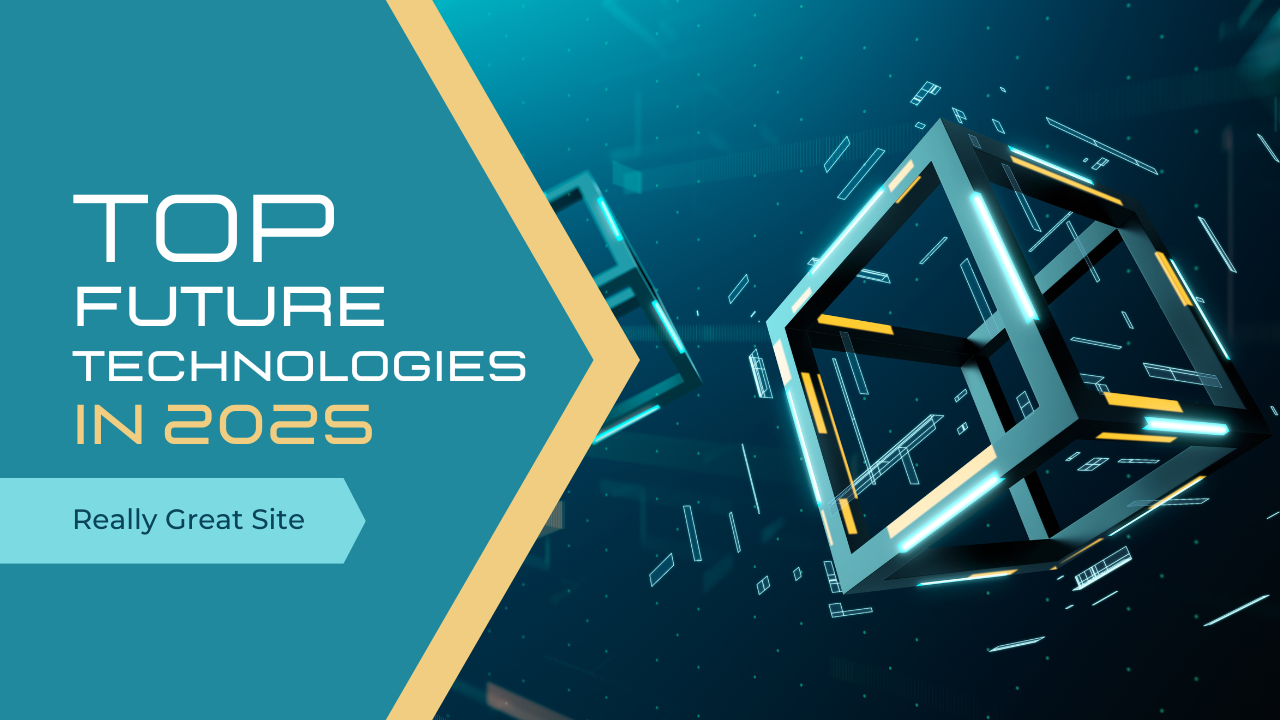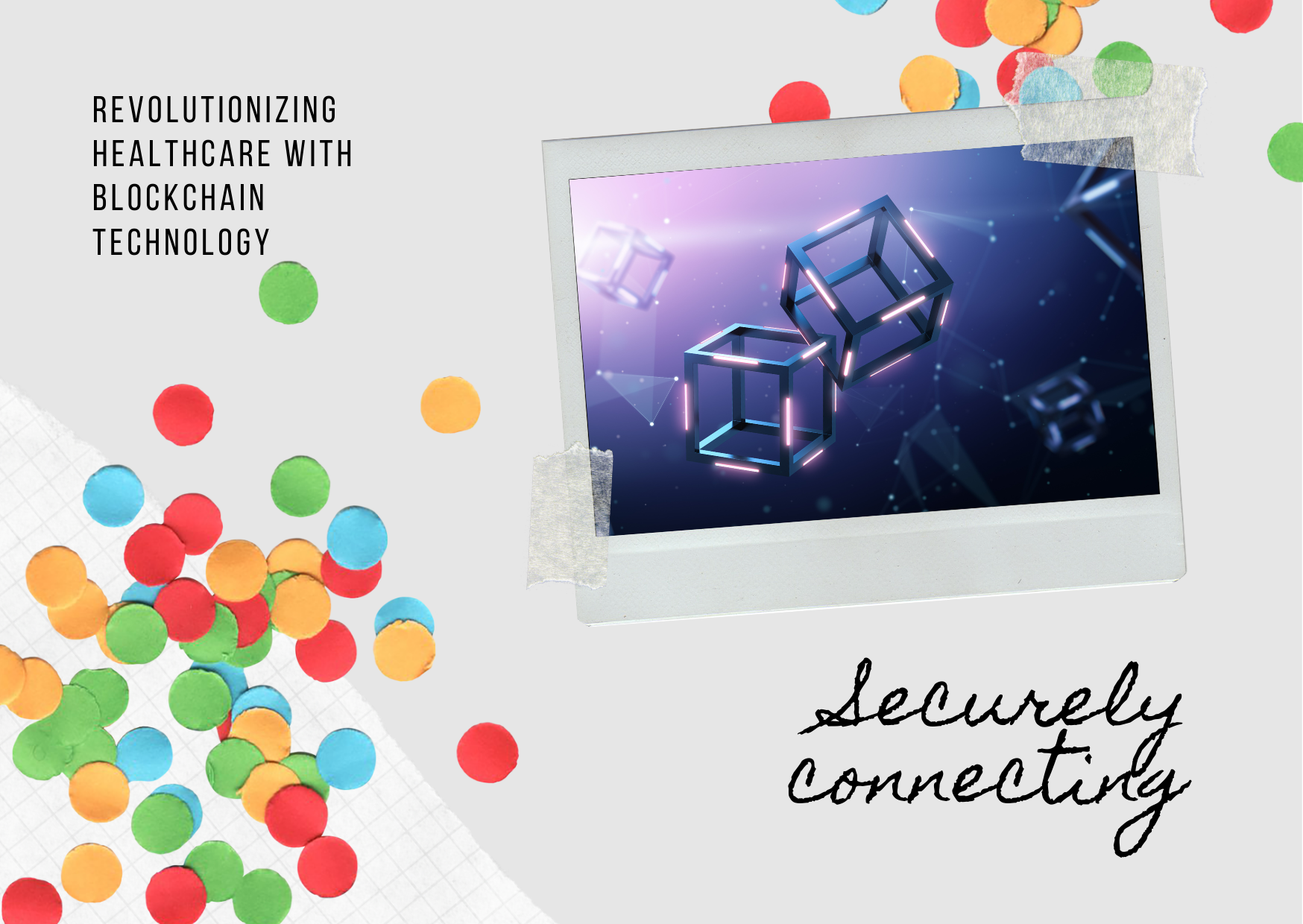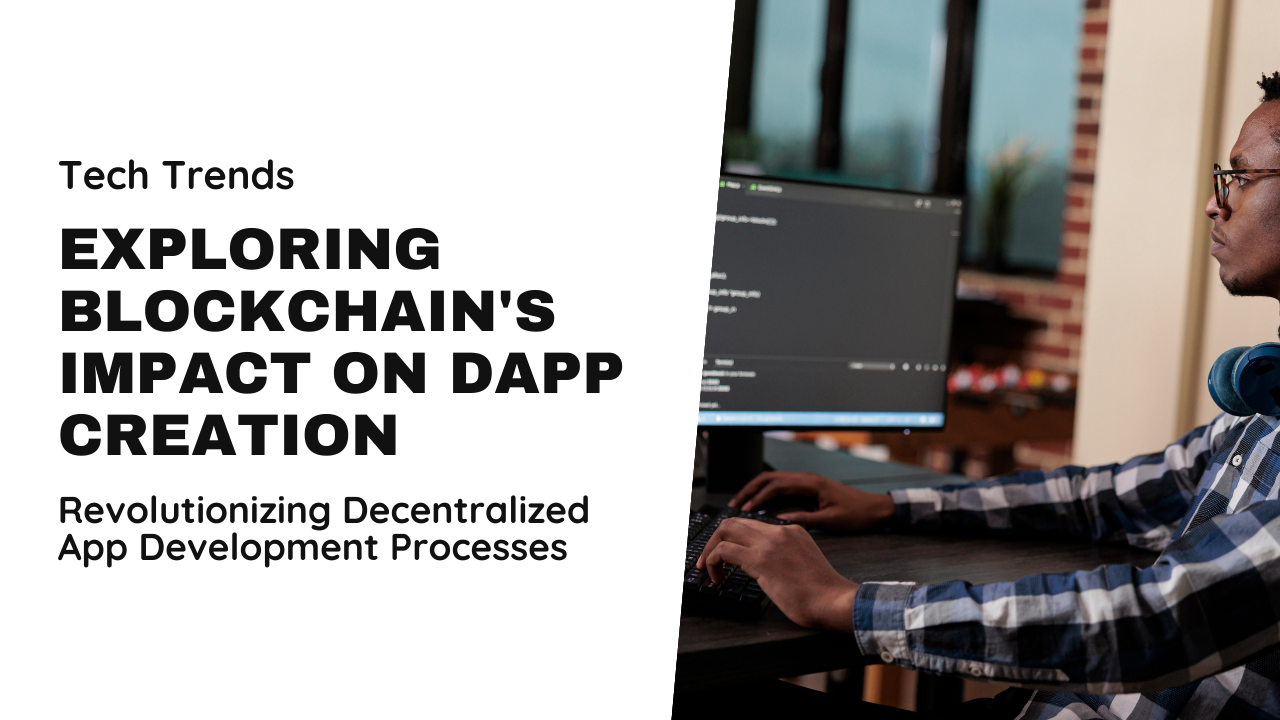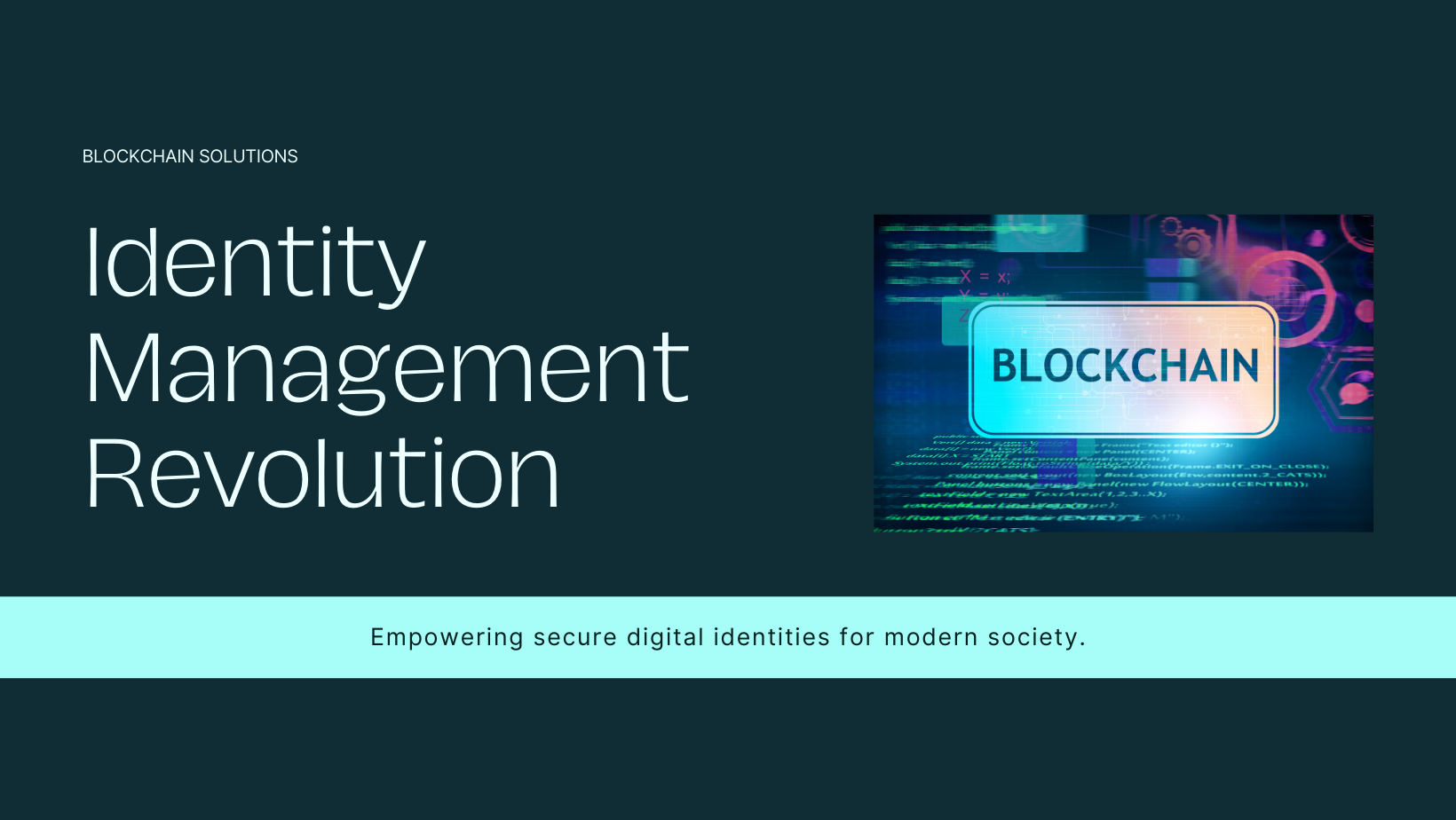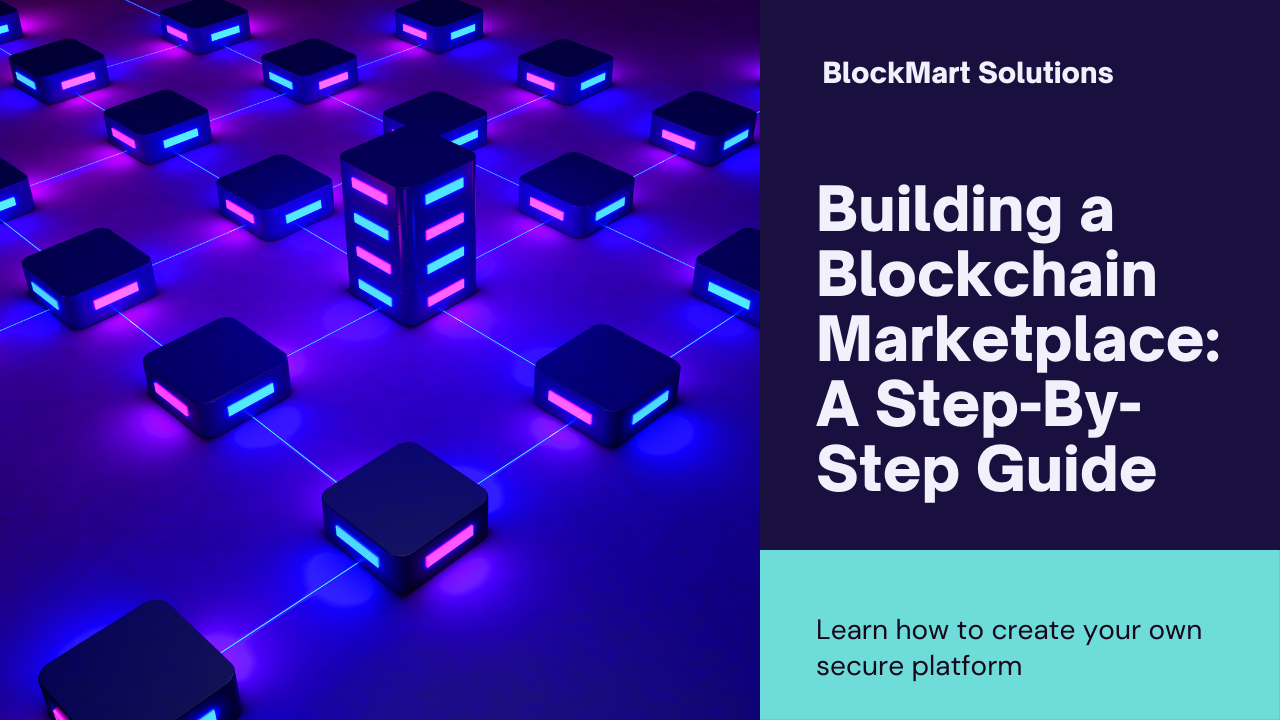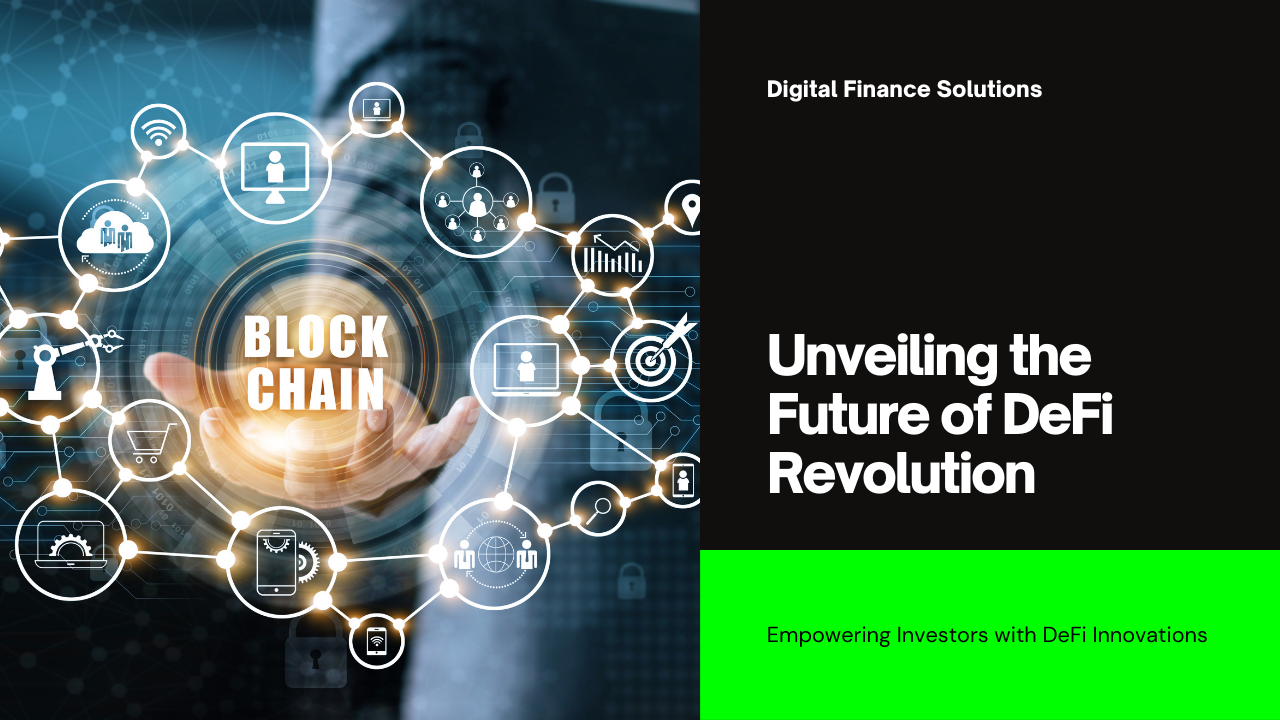In recent years, blockchain technology has emerged as a revolutionary force, promising to transform various industries through its innovative approach to digital transactions. Originally conceived as the underlying technology for Bitcoin, blockchain has since evolved into a robust framework with applications far beyond cryptocurrency. This blog aims to provide a comprehensive understanding of blockchain technology, its fundamental concepts, underlying principles, current applications, and potential future developments.
What is Blockchain Technology?
At its core, blockchain is a decentralized and distributed digital ledger that records transactions across multiple computers in a secure and transparent manner. The key characteristics of blockchain include:
- Decentralization: No single authority or entity controls the blockchain network. Instead, transactions are validated by consensus among network participants (nodes).
- Transparency: All transactions recorded on the blockchain are visible to all participants, ensuring transparency and accountability.
- Security: Transactions on the blockchain are secured using cryptographic techniques, making it difficult to alter or tamper with recorded data.
- Immutability: Once a transaction is recorded on the blockchain, it cannot be altered or deleted. This ensures a permanent and auditable record of all transactions.
Key Components of Blockchain Technology
1. Blocks
Blocks are the basic units of data storage on a blockchain. Each block contains a list of transactions, a timestamp, and a reference to the previous block, creating a chain of blocks (hence the name blockchain).
2. Cryptography
Cryptography plays a crucial role in securing transactions and maintaining the integrity of the blockchain. It involves techniques such as hash functions and digital signatures to verify and authenticate transactions.
3. Consensus Mechanisms
Consensus mechanisms enable nodes in the blockchain network to agree on the validity of transactions and the order in which they are recorded. Popular consensus algorithms include Proof of Work (PoW), Proof of Stake (PoS), and Delegated Proof of Stake (DPoS).
4. Smart Contracts
Smart contracts are self-executing contracts with predefined rules and conditions written in code. They automatically execute transactions and enforce agreements without the need for intermediaries, enhancing efficiency and reducing costs.
Applications of Blockchain Technology
Blockchain technology has applications across various industries beyond cryptocurrency. Some notable applications include:
1. Financial Services
- Payment Processing: Blockchain facilitates fast and secure cross-border payments without the need for intermediaries like banks.
- Asset Tokenization: Real-world assets such as real estate and commodities can be tokenized and traded on blockchain platforms.
2. Supply Chain Management
- Traceability: Blockchain enables end-to-end traceability of goods throughout the supply chain, reducing fraud and ensuring product authenticity.
- Inventory Management: Smart contracts can automate inventory tracking and streamline logistics processes.
3. Healthcare
- Medical Records: Blockchain secures patient data and allows for seamless sharing of medical records among healthcare providers while ensuring patient privacy.
- Clinical Trials: Blockchain can improve transparency and integrity in clinical trials by recording trial data in a tamper-proof manner.
4. Voting Systems
- Elections: Blockchain can enhance the security and transparency of voting systems, preventing tampering and ensuring accurate tallying of votes.
5. Digital Identity
- Identity Verification: Blockchain enables secure and decentralized identity verification, reducing the risk of identity theft and fraud.
Advantages of Blockchain Technology
1. Security
Blockchain’s cryptographic techniques and decentralized nature make it highly secure against tampering and fraud.
2. Transparency and Accountability
All transactions on the blockchain are transparent and accessible to all participants, promoting accountability and trust.
3. Efficiency and Cost Savings
Blockchain eliminates intermediaries and automates processes through smart contracts, reducing transaction costs and improving efficiency.
4. Decentralization
Decentralization removes single points of failure and enhances resilience and censorship resistance.
Challenges and Considerations
1. Scalability
Blockchain scalability remains a challenge, particularly for public blockchains processing a high volume of transactions.
2. Regulatory Concerns
Regulatory frameworks around blockchain and cryptocurrencies vary globally, posing legal and compliance challenges.
3. Energy Consumption
Proof of Work (PoW) consensus mechanisms used in some blockchains require significant computational power and energy consumption.
Future Trends in Blockchain Technology
Looking ahead, several trends are shaping the future of blockchain technology:
1. Interoperability
Efforts are underway to enable different blockchain networks to communicate and transact seamlessly, fostering interoperability.
2. Privacy Enhancing Techniques
Advancements in privacy-preserving technologies aim to enhance confidentiality while maintaining the transparency of blockchain transactions.
3. Integration with IoT and AI
Blockchain’s integration with Internet of Things (IoT) devices and artificial intelligence (AI) systems is expected to create new applications and enhance data security.
Conclusion
Blockchain technology represents a paradigm shift in digital transactions, offering unprecedented security, transparency, and efficiency. While originally associated with cryptocurrencies like Bitcoin, blockchain has diversified into various industries, revolutionizing processes ranging from supply chain management to healthcare and beyond. As blockchain continues to evolve and mature, businesses and organizations stand to benefit from its transformative potential, driving innovation and creating new opportunities in the digital economy. Understanding the fundamentals of blockchain technology is essential for leveraging its capabilities and navigating its complexities in an increasingly interconnected world.
